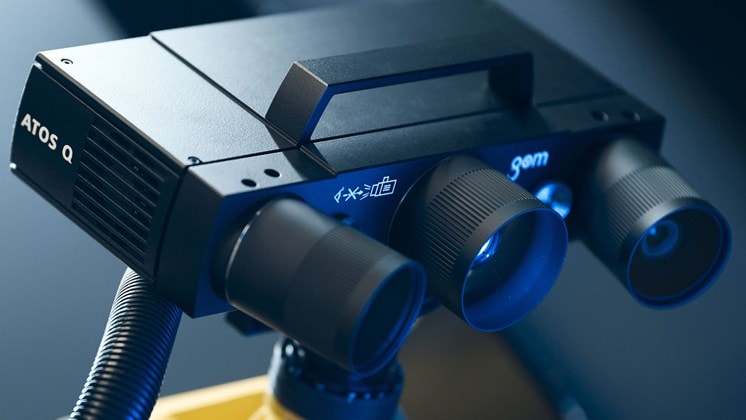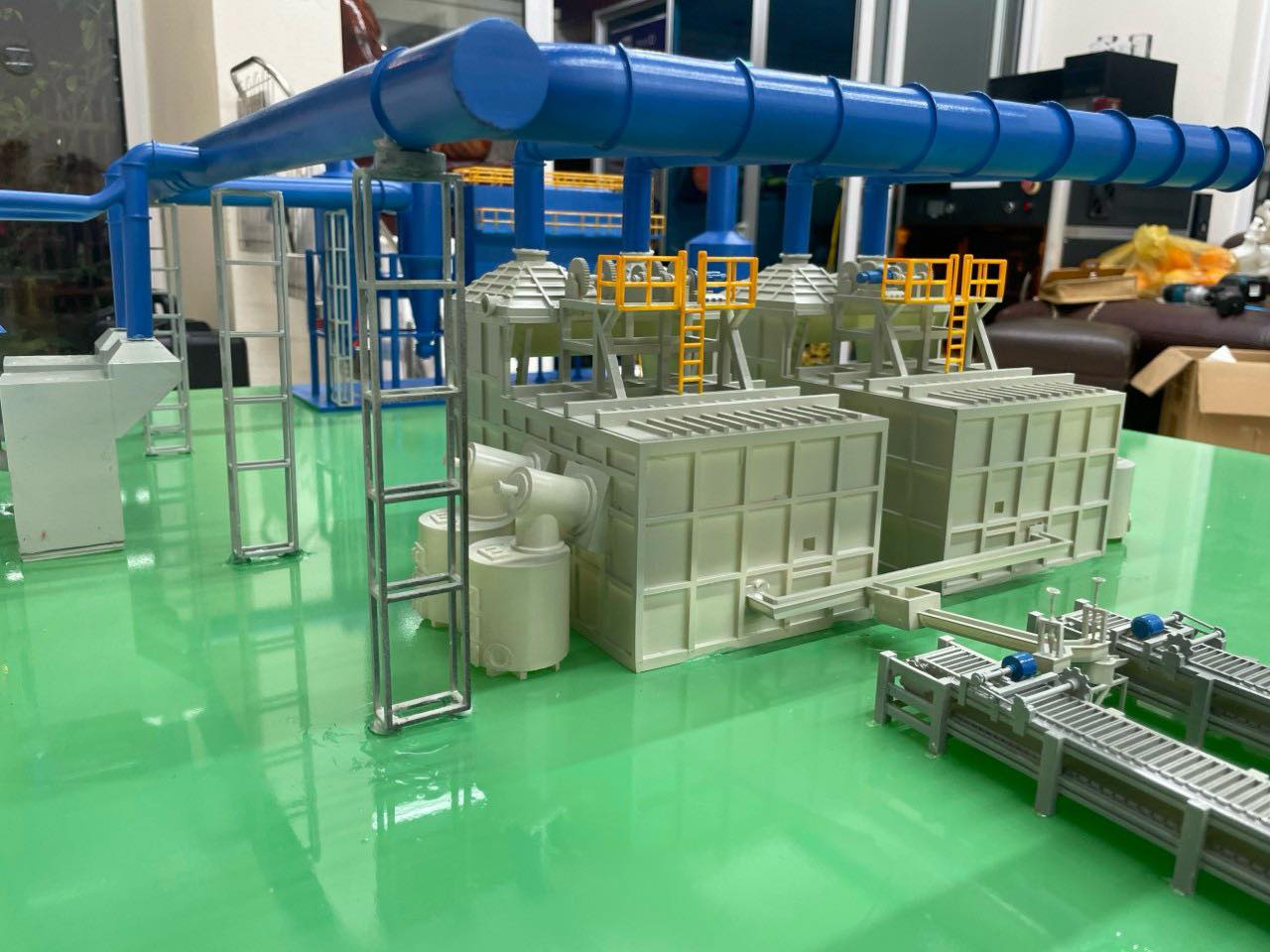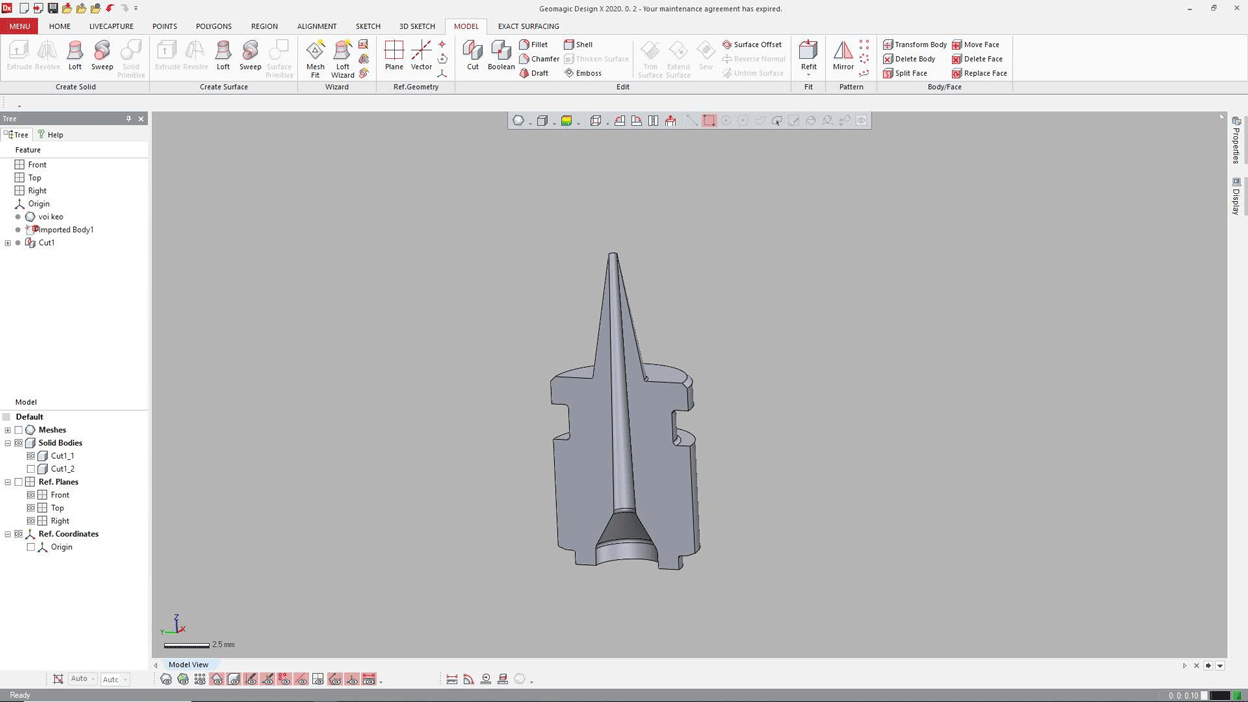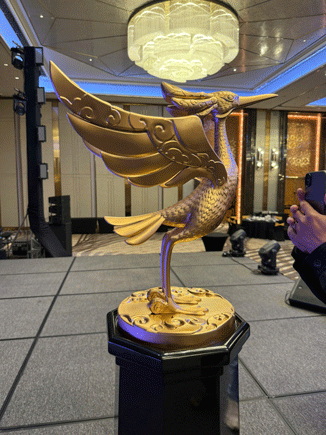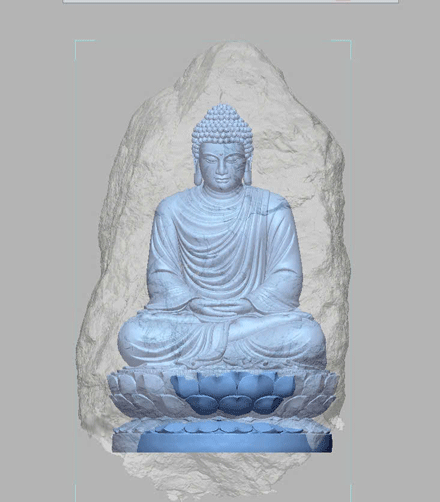Professor Warren S. Warren, who developed laser application technology to study melanoma, has just discovered a new application for lasers: uncovering the mysteries beneath works of art without damaging the painting. painting.
Professor Warren, an American, currently works at the National Gallery in London, England. When viewing an exhibition of “fake” works of art, he realized that the art world had been using imaging technologies three or four decades ago. So he began investigating whether lasers could be used to safely reveal the mysteries beneath layers of oil paint. To date, the answer is absolutely possible.
Professor Warren and other experts at Duke University’s Center for Molecular and Biomedical Imaging discovered they could use Professor Warren’s laser probe technology to create a 3-D cross-section of the work. art, allowing researchers to see the colors and layers of the canvas, and at some points detect the origin of the material.
The painting of Jesus Christ crucified on the cross (Crucifixion) by 14th century artist Puccio Capanna currently on display at the N.C. Museum of Art is the first painting to test pump probe laser technology.
Mr. William Brown, director of the museum, said that under this painting, a thick layer of blue paint is revealed on Madonna’s cloak. Typically, the blue was finished with a less expensive layer of azurite, covered with a thin layer of jade that was more expensive than gold at the time. This shows that this is a really important painting, it could be part of the painting behind the altar in the Vatican.
Art conservation experts have long used scalpels to remove tiny samples from paintings to learn more about both the painting and the materials used. But this method damages the painting and is limited to areas where the conservator can nick the paint, such as the corners or the background.
Meanwhile, laser probe technology allows three-dimensional viewing of any part of the painting without using a chip. Researchers can zoom in and out, like looking at a layer of cake, and separate colors to see the first oil painting.
With these techniques, we can understand the technology of creating oil paintings and can redraw the entire history of the world through technology and technological innovation, concluded the Director of the N.C. Museum. This will affect the economy and everything.
OTHER NEWS
